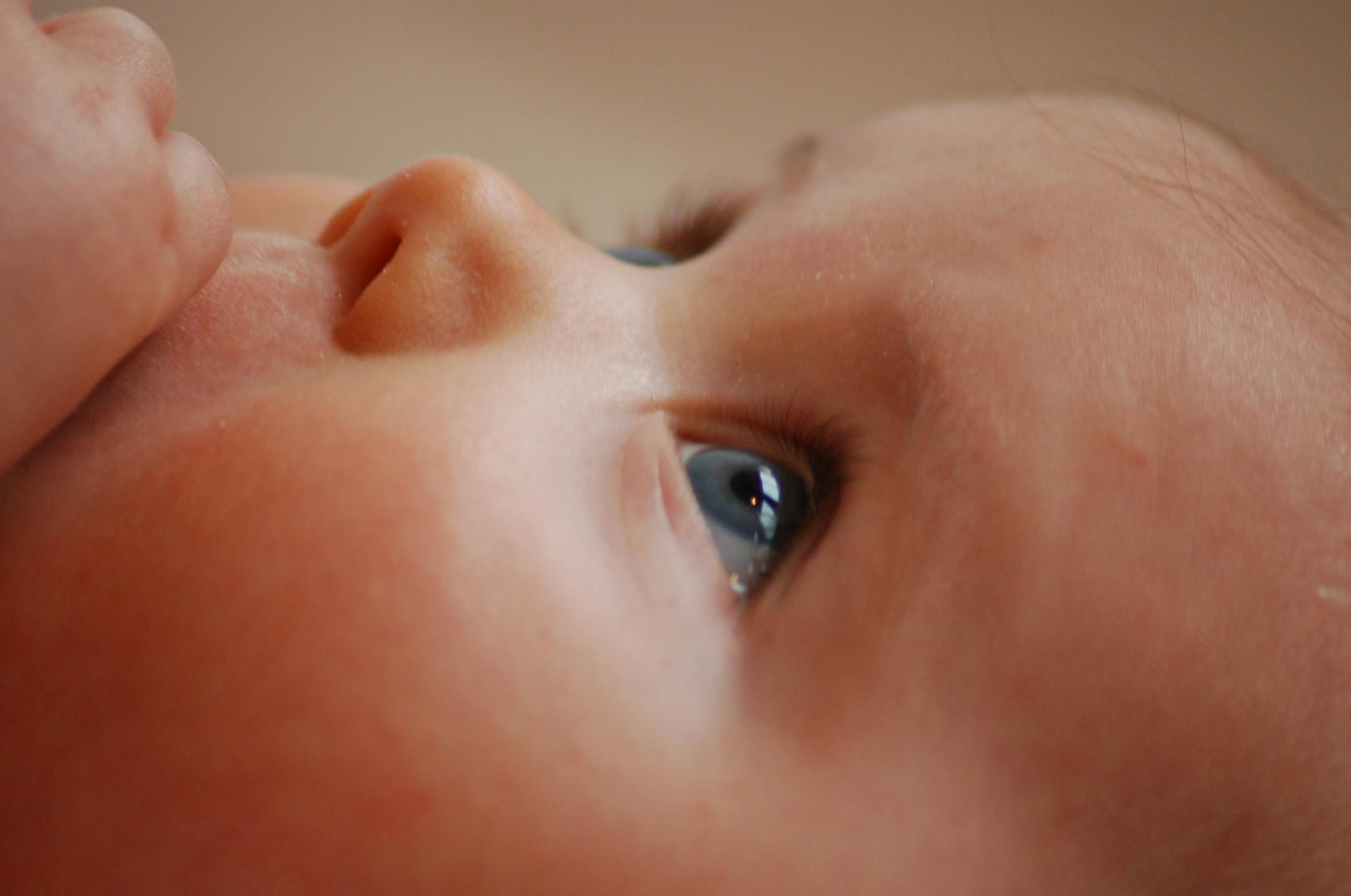
The Impact of Blue Light on Kids’ Eyes and How to Minimize It
As children are becoming increasingly dependent on technology, concerns regarding the impact of blue light on their eyes have risen.
Blue light is a high-energy visible (HEV) light that is emitted from electronic devices such as smartphones, tablets, computers, and televisions.

It has a shorter wavelength and higher frequency compared to other colors in the visible spectrum, making it more intense and potentially harmful. In this blog post, we will discuss the impact of blue light on kids’ eyes and provide tips on how parents can help minimize its effects.
Introducing Screen Time Glasses for Kids
One way to minimize the impact of blue light on kids’ eyes is by using screen time glasses. These are specially designed glasses that have lenses with a yellow tint, which can help filter out blue light and reduce its effects on the eyes. Online, you can read more and find the best screentime glasses for kids that you can get. Screen time glasses have become increasingly popular among parents as they provide a simple solution to protect their children’s eyes from blue light. They can be worn while using electronic devices or even when playing outside on a sunny day, as they also offer UV protection.
Understanding What Blue Light Is
Blue light is a natural part of sunlight and plays a crucial role in regulating our circadian rhythm, affecting our sleep-wake cycle. However, with the increasing use of technology, children are exposed to artificial sources of blue light for extended periods. This can strain their eyes and lead to various eye-related problems.
Exposure to blue light has been linked to digital eye strain, headaches, dry eyes, blurred vision, and even macular degeneration. Children’s eyes are more susceptible to these effects as their lenses are still developing and cannot filter out blue light as effectively as adults’ lenses can. Furthermore, their eyes are still growing and can be easily affected by prolonged exposure to blue light.
Impact on Kids’ Eyes
Research has shown that exposure to blue light can have negative effects on children’s eyes. One of the main concerns is its ability to penetrate deep into the eye, reaching the retina. Overexposure to blue light can lead to digital eye strain, which includes symptoms such as dry eyes, headaches, blurred vision, and fatigue. This is because our eyes are not designed to constantly focus on digital screens, resulting in eye muscles becoming fatigued and causing discomfort.
Moreover, blue light exposure before bedtime can also disrupt children’s sleep patterns. The body’s natural production of melatonin, a hormone that regulates sleep, is suppressed when exposed to blue light at night. This can lead to difficulty falling asleep and disrupted sleep quality, which can negatively impact children’s overall health and well-being.
Tips to Minimize Blue Light Exposure
As technology is an integral part of modern-day life, it is not realistic to eliminate children’s exposure to blue light. However, there are steps that parents can take to help minimize its effects on their kids’ eyes.
- Limit Screen Time: The best way to minimize blue light exposure is by limiting screen time for children. The American Academy of Pediatrics recommends no screen time for children under 18 months, and only one hour per day for ages 2-5. For older children, parents should set a limit on the number of hours they can spend in front of screens.
- Use Blue Light Filters: Many electronic devices now come with built-in blue light filters, which can be activated to reduce the amount of blue light emitted. Parents can also purchase external blue light filters for their children’s screens.
- Encourage Breaks: Remind your child to take regular breaks from screen time, every 20 minutes if possible. This will not only help minimize their exposure to blue light but also give their eyes a chance to rest and relax.
- Choose Warm-Toned Light: Blue light is known to disrupt sleep patterns, so it’s essential to avoid exposure to it before bedtime. Parents can opt for warm-toned lights in their child’s bedroom instead of bright white lights, which emit higher levels of blue light.
- Encourage Outdoor Time: Spending time outdoors has many benefits for children, including reducing their exposure to blue light. Research suggests that natural sunlight can help regulate the body’s circadian rhythm and promote healthier sleep patterns.
In today’s digital age, it’s nearly impossible to eliminate blue light exposure for children. However, as parents, we can take steps to minimize its impact on our kids’ eyes and overall health. By limiting screen time, using blue light filters, and encouraging breaks and outdoor time, we can help protect our children’s eyes from the potential harm of excessive blue light exposure. It’s essential to stay informed about the latest research on this topic and take necessary precautions to ensure our children’s eye health is not compromised.

Let’s work together to create a healthy balance between technology and our children’s well-being. So, as parents, it is our responsibility to be aware of the impact of blue light on kids’ eyes and take necessary measures to minimize its effects. Remember, a little effort can go a long way in safeguarding our children’s eye health. Let’s protect their precious vision from the potential harm of excessive blue light exposure!








